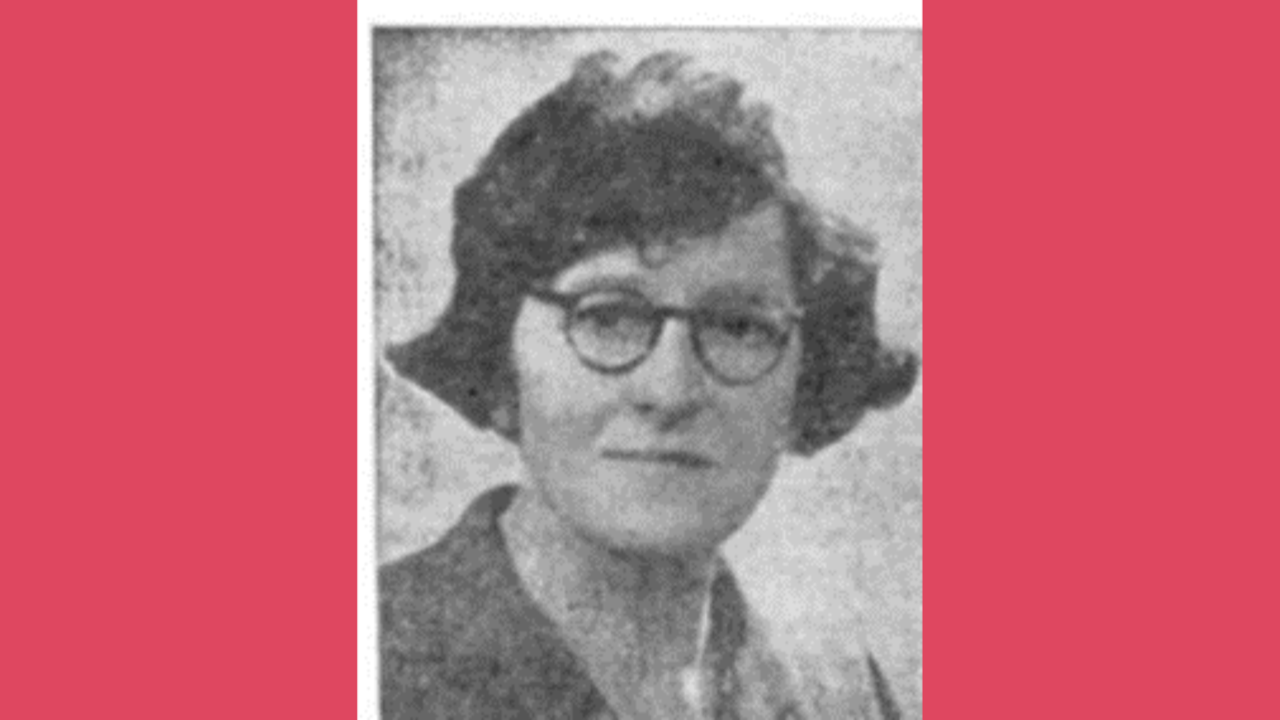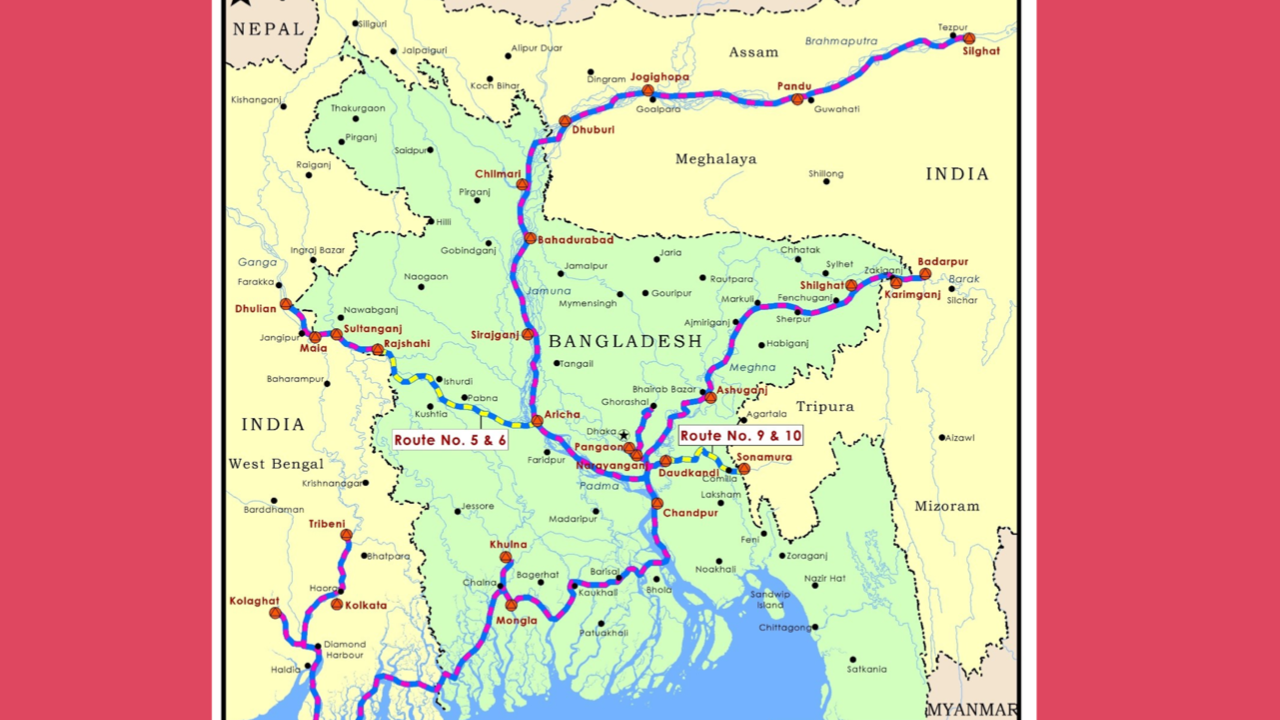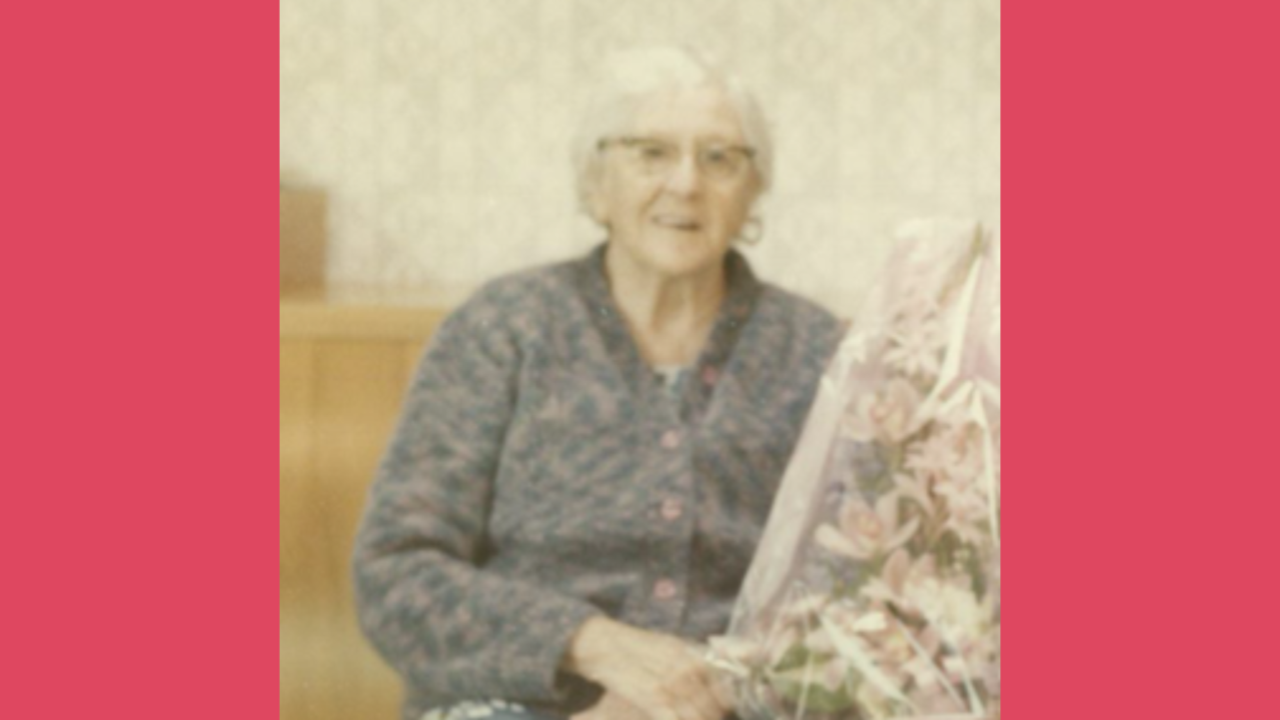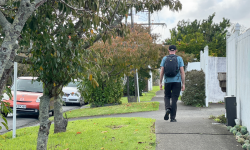
To do better, to serve better, to live better
Dr Nola Ivory was the first woman doctor in the New Zealand Baptist Missionary Society (NZBMS), serving from 1931 to 1961. She superintended two hospitals, initiated clinics and dispensaries, shared her faith in and love of Jesus the healer, and even translated scripture.
Her time in East Bengal (now Bangladesh) and Tripura State was a time of great disruption for the region: first as a World War 2 war zone; then a severe famine and related issues killed 2-3 million in Bengal in 1943; then with independence in 1947 India was partitioned to form the new state of Pakistan – causing 10-12 million people to be displaced with much violence and loss of life.
Chandpur
Nola Ivory and Margery Bush sailed for India in 1931. Upon arrival in Bombay, West India, they took a multiple-day train trip to Calcutta, another train, a river steamer, and a dinghy to reach the mission hospital in the river town of Chandpur, South of Dhaka. Nola studied Bengali until by the end of 1933 she was sufficiently competent to become the superintendent of the Chandpur hospital. She was asked to direct the work towards women, as by that time government services were available for men only.
The start was difficult: her first job was to cut the hospital budget by one third, due to decreased funds because of the 1930s Depression. But even so, she marvelled that NZ Christians kept giving to missions at this time. Under her leadership, the hospital was able to continue. Amy Cowles, one of the nurses a little later, explained the practical difficulties: ‘It takes much ingenuity to keep in good order 14 buildings comprising nurses’ quarters, main hospital, small separate wards, dispensary, and besides these the compound fences—on 30 pound ($60) a year.’
Alongside the clear medical needs, Nola saw a longer-term mission of empowering Bengali people. She trained Bengali women to be nurses and provided courses for village midwives. Her days were very full. It was later said, ‘Many women and children had cause to thank God for Dr Ivory’s skill and attention… Her surgery was of a very high order.’
When Nola took a furlough in 1935 she gave talks to women throughout NZ, inspiring them about her work and mission. After working another 4-year term (1938-42), ill health and NZ government unease about the nearby war in Burma saw her second furlough extended to three years; at this time she became the Medical Superintendent of Otaki hospital.
Agartala
There were big changes for Nola when she returned to Bengal in 1943. The maharaja of Tripura State had given land to New Zealand missionaries for a mission station, and so now there was an opportunity for Nola to start a work in Agartala.

The map shows on the main Padma/Meghna river distributary South of Dhaka, Chandpur, where NZBMS had their main base. East of Dhaka is the small Indian state of Tripura with its capital, Agartala. Brahmanbaria, within what became Bangladesh, was another NZBMS station just across the border from Agartala.
In 1946 Nola was accepting outpatients in a downstairs room of the single missionary ladies’ own accommodation, and opened an in-patient ward with a 6-bed bamboo room. Many Agartala people were Bengali, but Nola’s concern centred on the tribal groups of Reang, Jamatia, Tripuri (the largest group, also called Kokborok), Garo and Halam. She longed to work in a remote village but had to prioritise the need for a strong Base Hospital in Agartala.
Nevertheless, she held clinics 50 km to the East at Haoabari, an outpost beyond the first range of hills. Travel there was a ‘mission’ in itself. The 50 km took 30 hours, circuitous driving through jungle and then a walk up a valley. A deep sense of God’s presence kept Nola and team serving the isolated tribespeople and learning their customs. In 1947 Dr Nola and Marjory Turner spent six months in the jungle and village area of Kanchanpur. Later, Nola made extensive tours on foot to Tripura villages, accompanied by fellow missionaries, Hazel Drew, Joy Smith or Marjorie Turner.
In 1947 came the partition and independence of India. East Bengal became East Pakistan, no longer part of India; Chandpur and Brahamanbaria were in East Pakistan and Tripura was in India. Refugees flooded from East Pakistan to Tripura, especially into Agartala. Nola and team spent long hours six days a week for many years attempting to serve some of these needy people. Buildings were added to the hospital but were still inadequate. Nola, often to the desperation of her missionary colleagues, tried to squeeze in more in-patients and a maze of bamboo huts (additional wards) ‘sprang up overnight’ within the mission compound.
‘We must protect Nola from herself,’ her colleagues kept saying, as they tried to keep the patients to a manageable number. But annual outpatients grew to 26,000 and inpatients to several hundred. The years of 1949-1958 were busy but fruitful years for Nola and her team, in the medical work, the training, and bringing the Good News of Christ to her many patients.
Hachupara
When Dr Sanson arrived in 1956, changes could be made. Nola could fulfil her heart’s desire of a clinic in an even more outlying village to offer medical care and the gospel. Tripura Christians advised on which village—Hachupara, 60 miles (100 km) South of Agartala, a 2-hour jungle journey by jeep and one hour walking on a jungle path. River crossings required two boats lashed together as a deck for the jeep, and two men with poles to push the contraption across the river. The road almost disappeared in the tropical growth, and then reached Nola’s house through a muddy monsoon rice field.
The small village was peopled by the poorest and neediest of Reang tribals. The compounder Dhiren Marak helped with medicines and patient care. Nola’s home and the dispensary were bamboo rods. So was her bed. The floor was bamboo slats. Nola’s chickens under the house cleaned up kitchen scraps that fell through the slats! In time there were two staff houses, a well-equipped dispensary and eventually a 12-bed hospital unit, all built of bamboo from the jungle around.
Nola loved the place, the medical work and the spiritual work. She learned the Reang language and translated some of the New Testament into Reang. There was great delight when seven young men and two women joyfully took baptism in the village pool.
In 1961, with work on a high, Nola had a fall while chasing a rat in a kitchen and broke her leg in two places. The mission decided then that she should retire. She was hugely put out by this, as she was in the middle of an Old Testament series at the prayer meeting, translating Reang, and doing farming experiments. But she was comforted by a new schoolmaster coming to continue the Christian work, proclaiming ‘It’s not the end for Hachupara,’
Home Assignment
Nola went to New Plymouth and took a job in the Accident and Emergency Department of the New Plymouth Hospital. She loved it when she could also speak of Jesus as Healer. Upon retirement, Nola used to go and help the hospital gardeners pull weeds and clear rubbish in the gardens.

Her church friends in New Plymouth gave some new light on her personality after her death in 1988:
Nola was a lady of singular intensity of purpose. (Some still speak in awed tones of her unusual relationship with her car, bought somewhat against advice!) She was a kind and gentle persuader, whose life witness more than equalled her words. Her knowledge of her Bible, of her faith, and of her master was that of an enthusiastic doer of the creed. Her faith was of the heart as well as the head. She cared little for her own needs, to the point of not accepting that she had any. Others’ needs were without question greater than her own. In ways practical as well as spiritual, she worked to build up the Church of God. She loved good books and read avidly and widely. She was a better-than average painter in water colours and a great hand-worker. In these and in all ways, she strove always to do better, to serve better, to live better. She felt she owed so much to her Lord and Master that there was always far to go to repay the debt.
References
M.J. Eade and S.L. Edgar, Toward the Sunrise, 1985, pp 184-192.
NZ Baptist: February 1960, July 1960, November 1960, June 1961, December 1961, November 1988.
“Greendale News”, The Press. June 22 1936.
“Baptist Tabernacle”, Poverty Bay Herald. Sept 3 1936.
“Missionary Union”, The NZ Herald. Sept 19, 1936.


